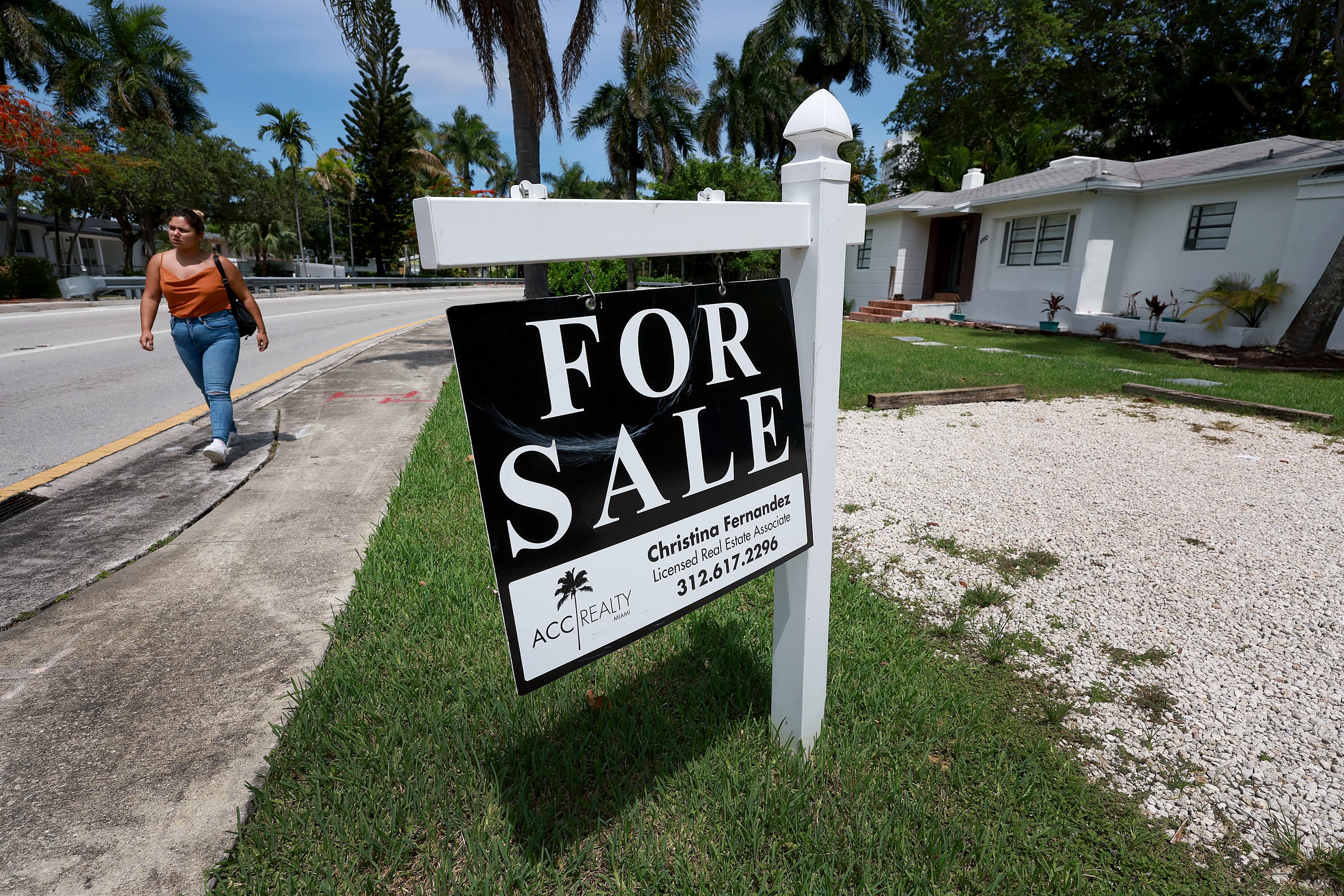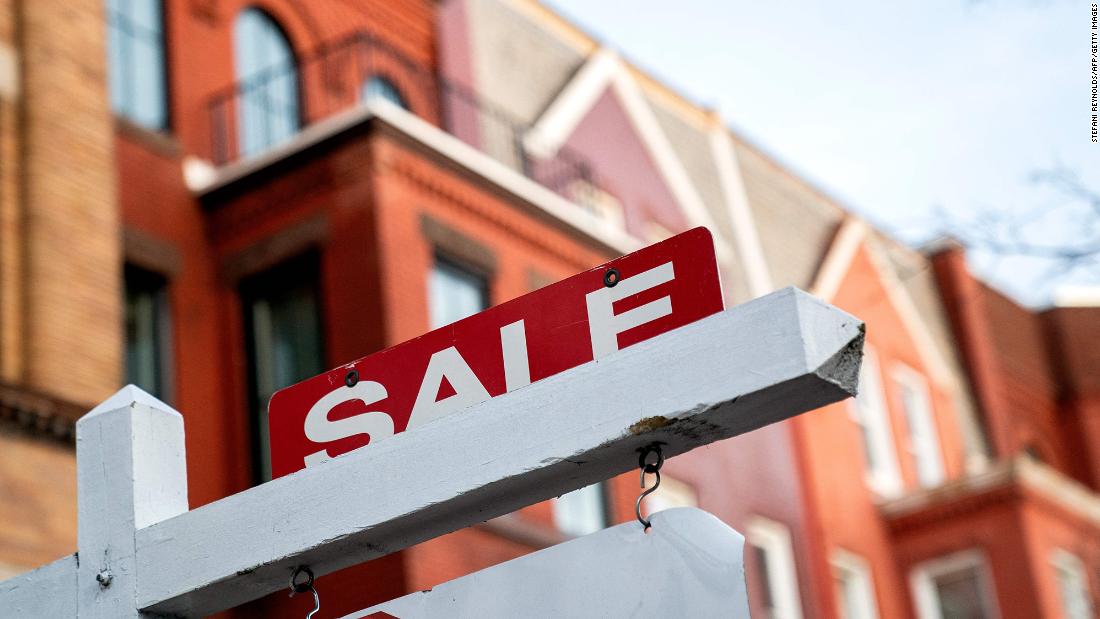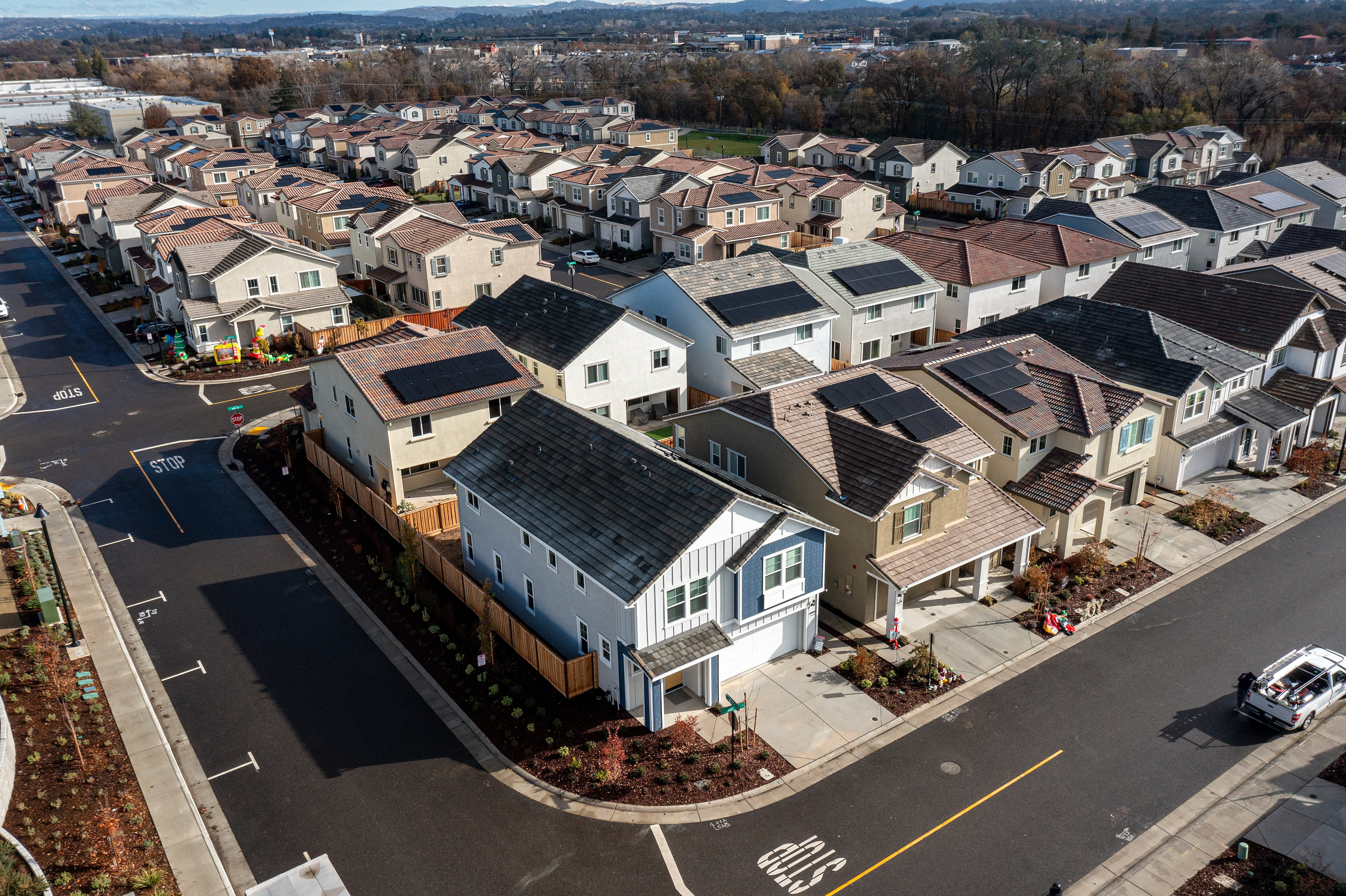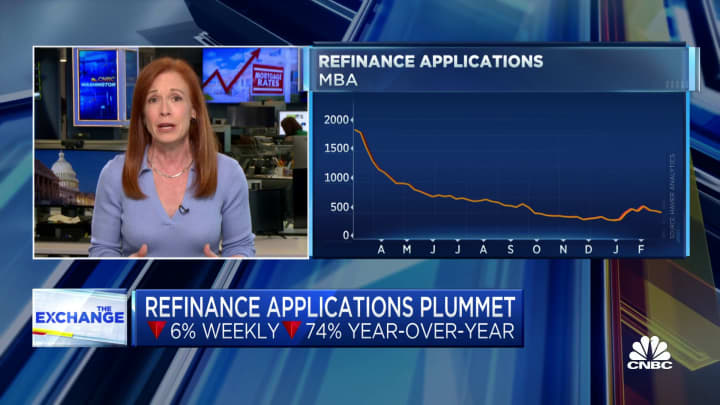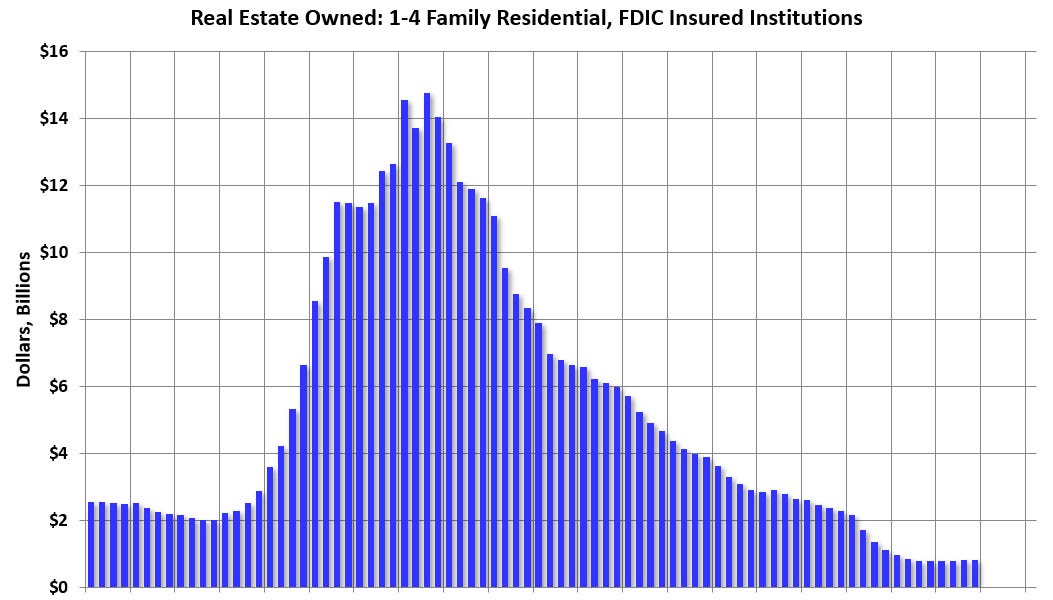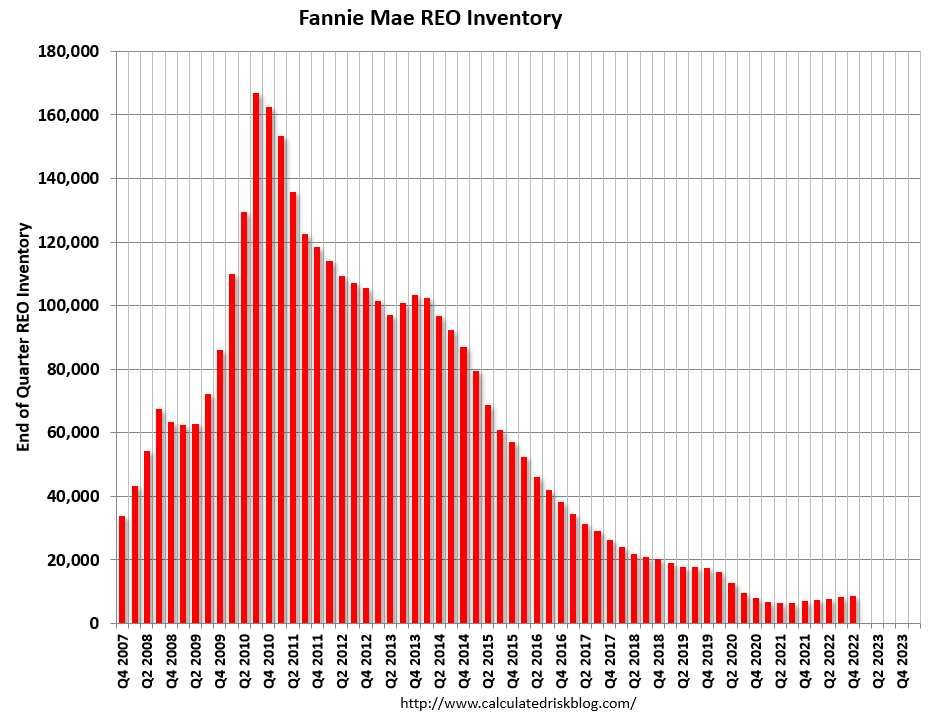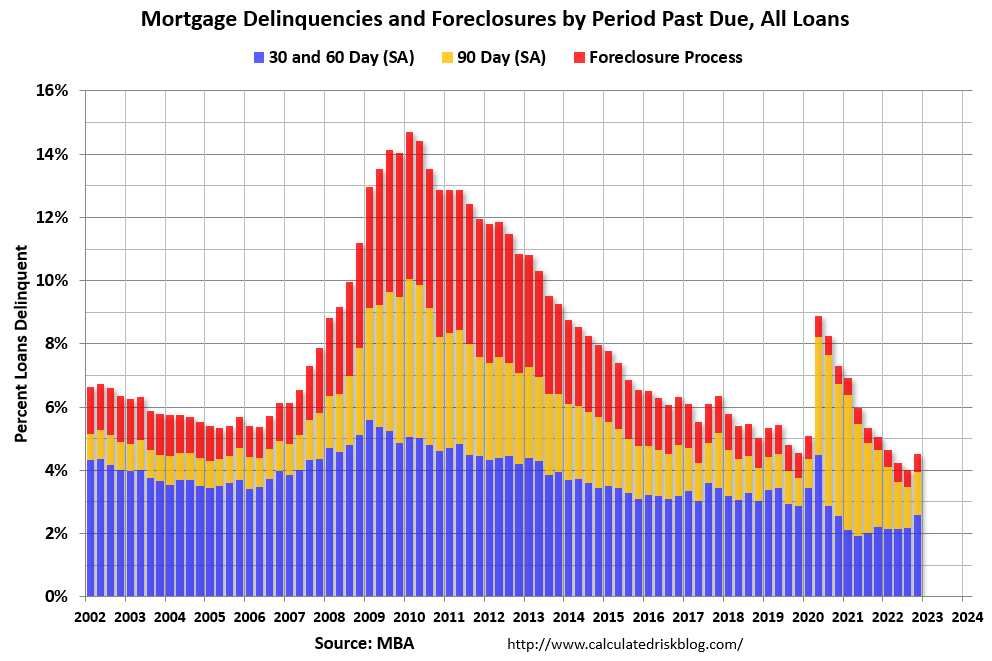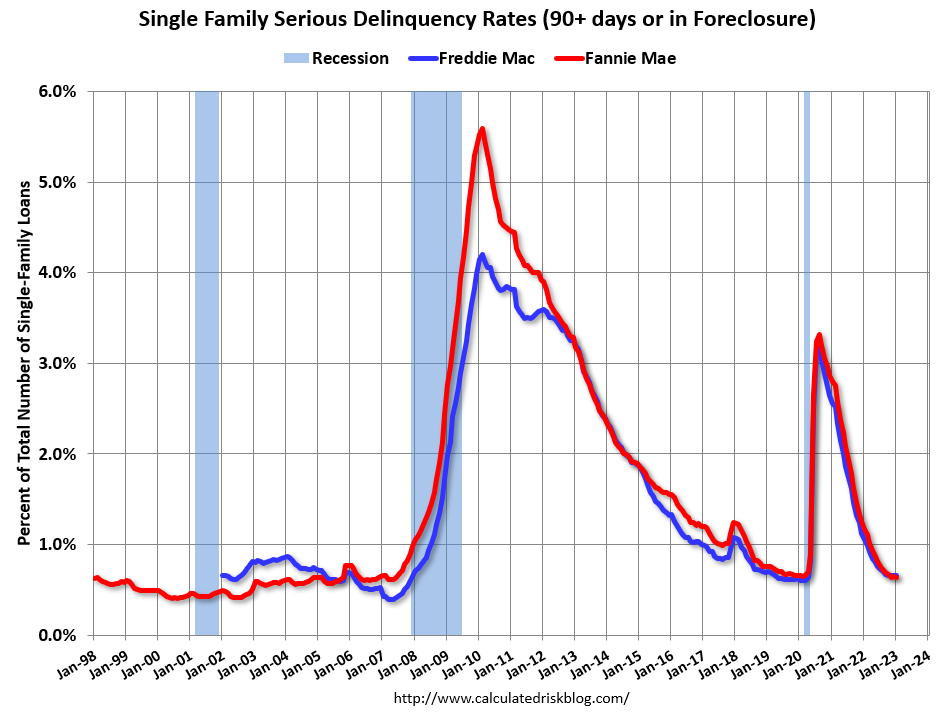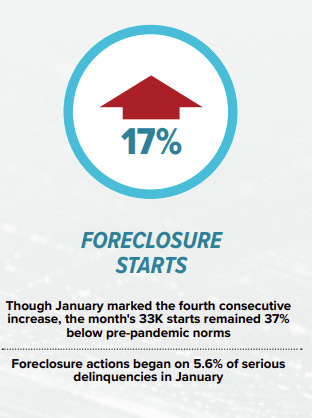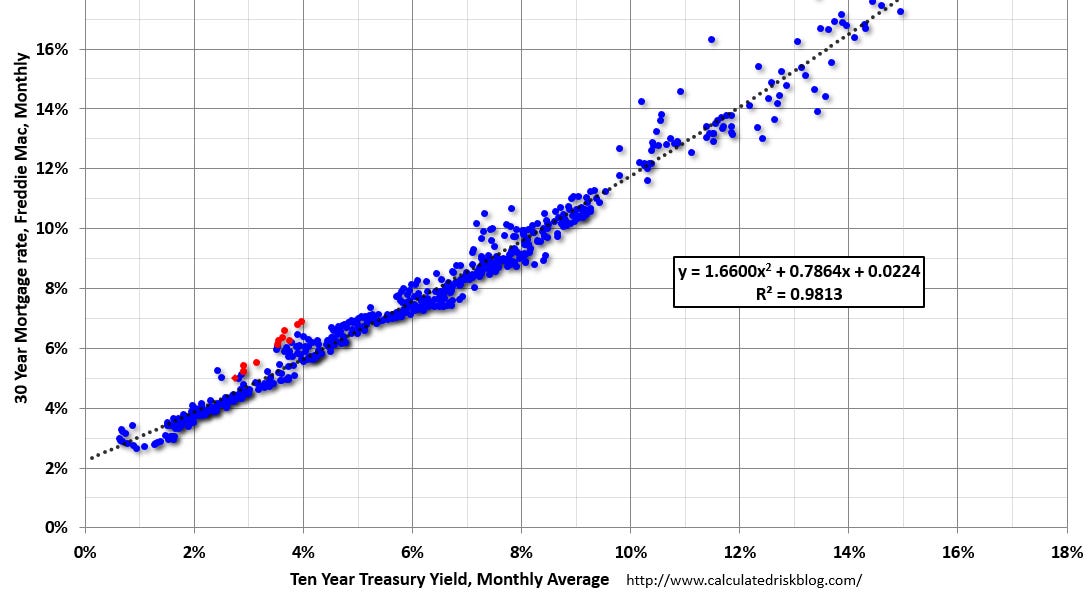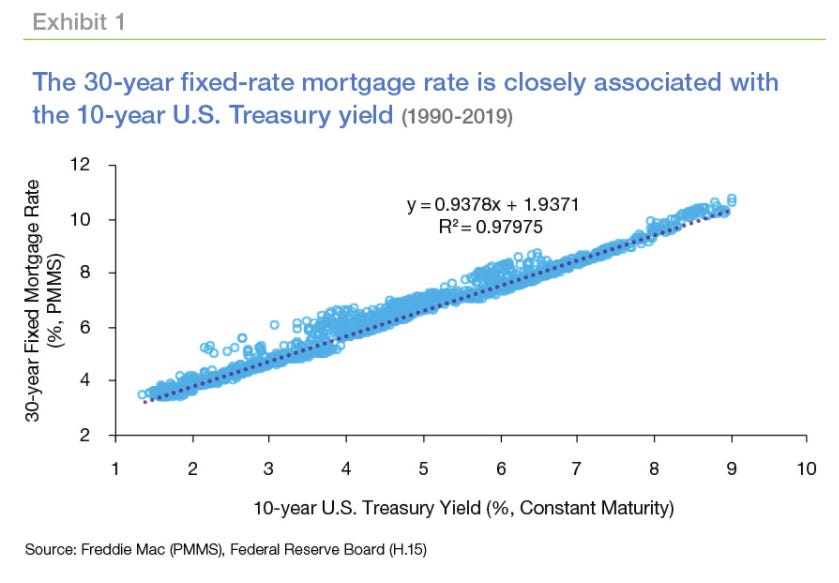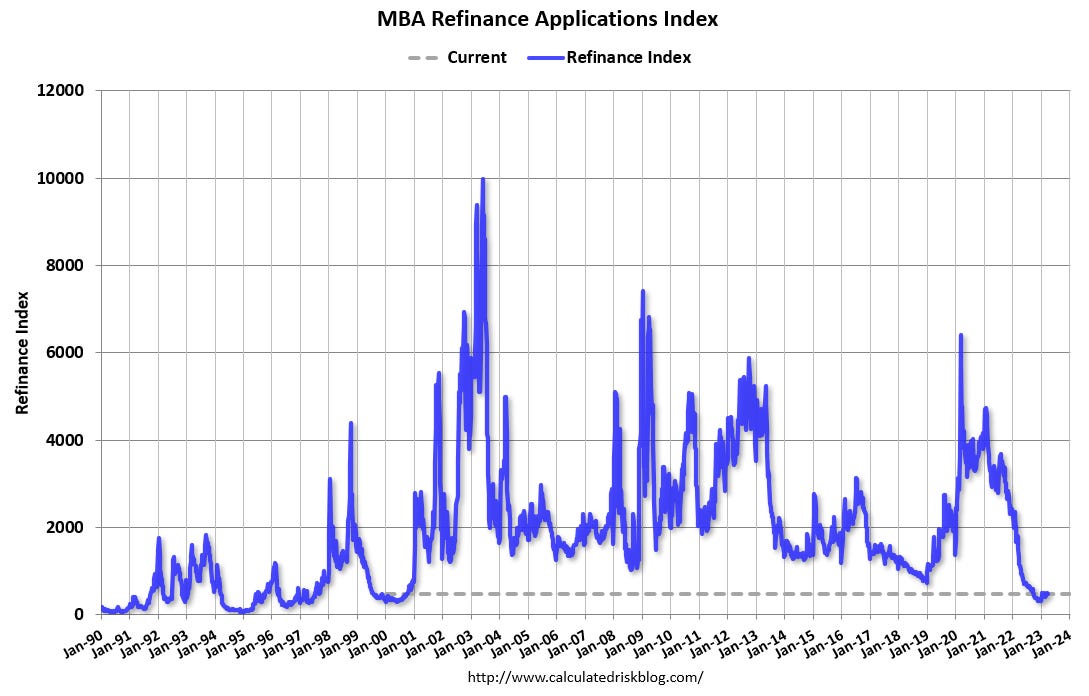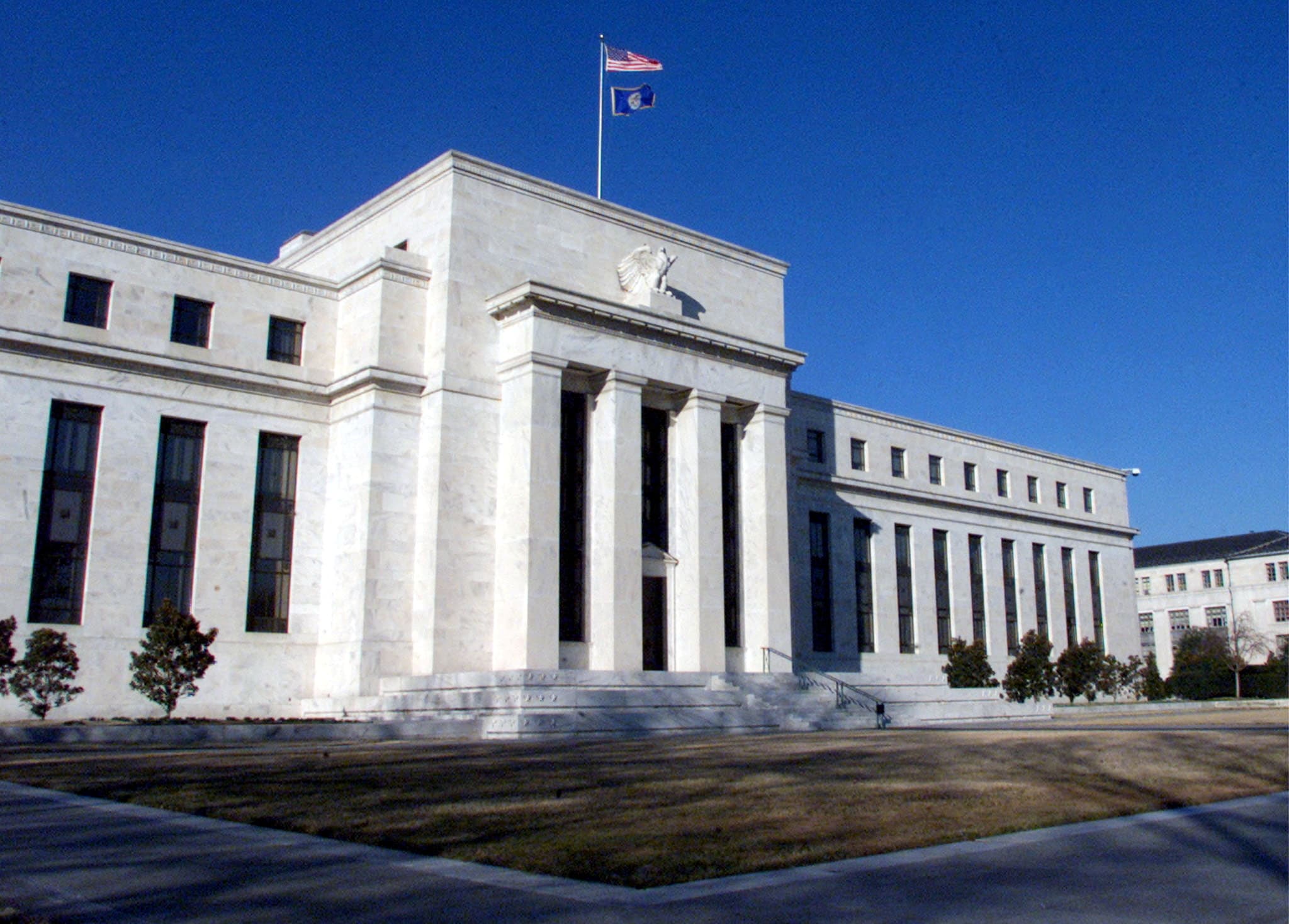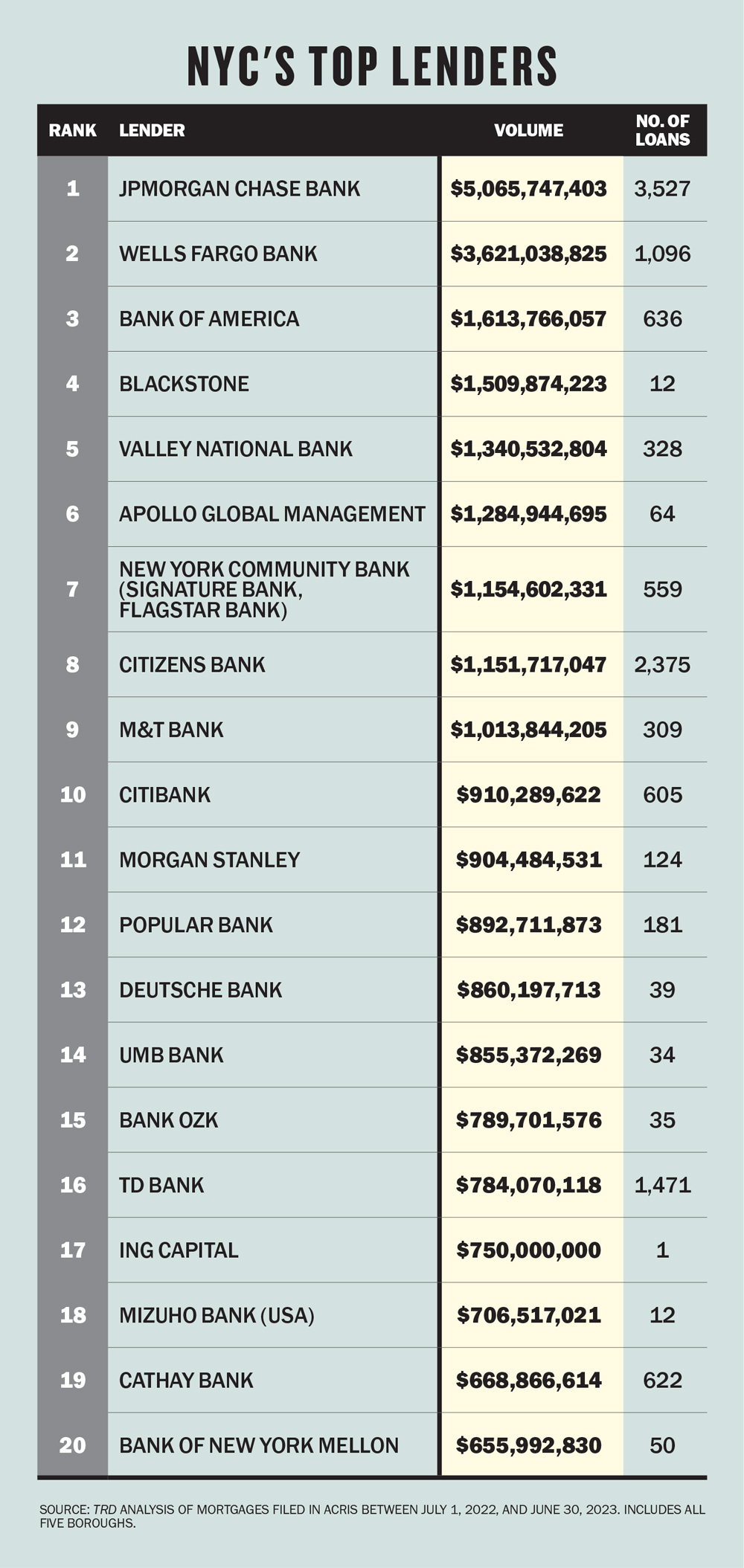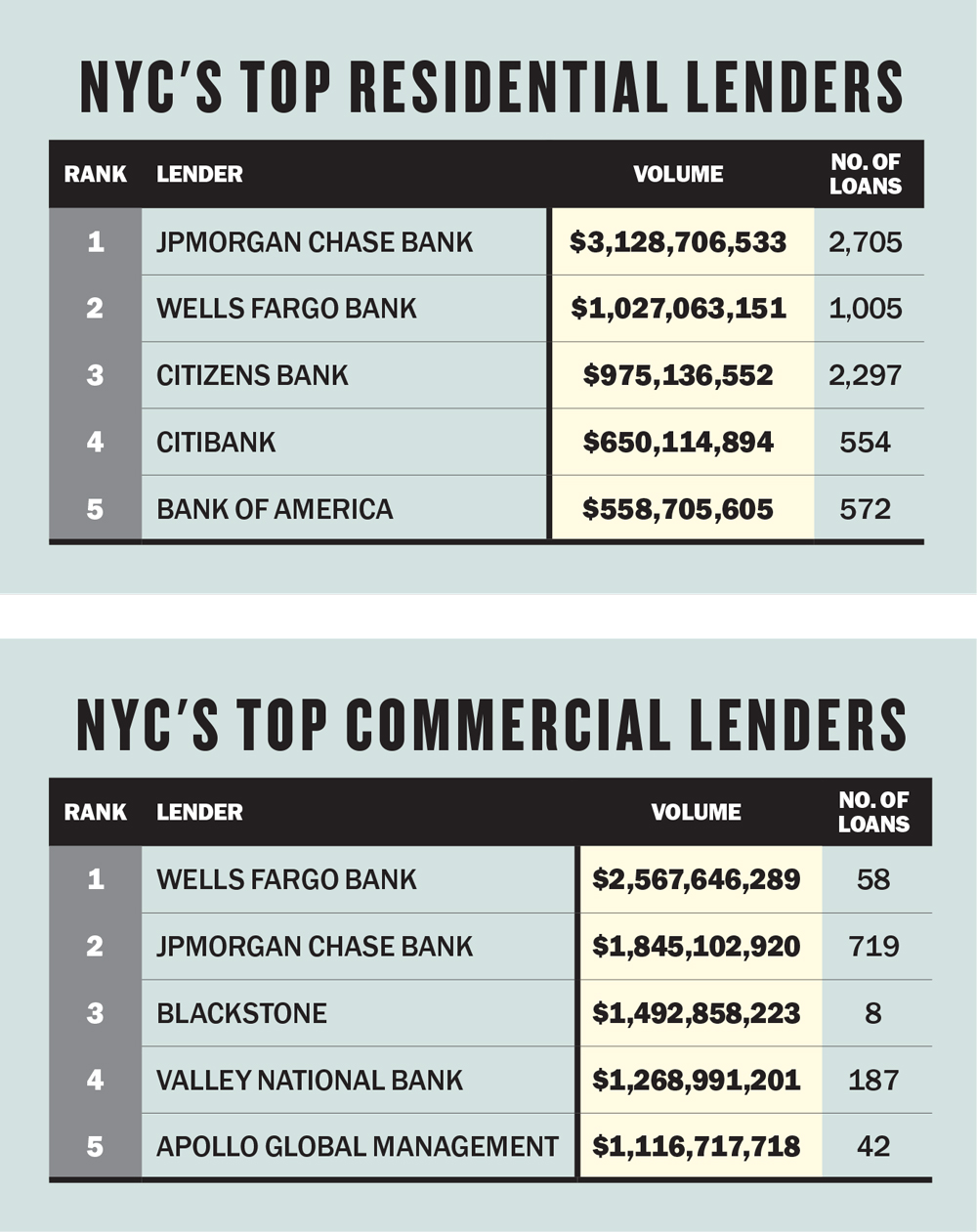Small down payments can be a boon for some, but others worry about a possible wave of defaults.

www-marketwatch-com.cdn.ampproject.org
The 1% down payment is here. Is it a win-win — or should cash-strapped homebuyers avoid it?
Small down payments can be a boon for some, but others worry about a possible wave of defaults
Home buyers, beware.
With mortgage rates at multi-decade highs, business has dried up for mortgage lenders. Few home buyers are keen to take on a 30-year mortgage with a rate of over 7%, and even fewer homeowners find the need to refinance, having secured ultralow rates from the pandemic days.
To drum up business, some lenders have positioned various products to entice homeowners — particularly allowing buyers to put down just 1%. Lenders say they are trying to make homeownership more affordable for the prospective home buyer.
Last month, real-estate listing company Zillow Z recently announced a new program that allowed eligible buyers in Arizona to put down as little as 1%, with Zillow contributing an additional 2% at closing to meet the conventional minimum requirement. Borrowers are required to take out mortgage insurance, as the amount is less than 20% of the property’s purchase price.
Rocket Mortgage, another large lender, offered a very similar 1% down-payment product to its clients in May. Rocket would cover the remaining 2% needed to reach the minimum requirement for conventional loans. This product also eliminates mortgage insurance, which is typically required when buyers put less than 20% down.
Lenders say they are trying to make homeownership more affordable and say the 1% down payment comes with strict requirements. But skeptics see shadows of the subprime mortgage crisis.
The typical U.S. home buyer is putting down $42,000 on their home, according to a recent report from real-estate brokerage Redfin RDFN . The median down payment was equal to 10% of the purchase price. Many young homeowners in particular rely on family for that down payment, the company’s chief economist also wrote in a September blog post.
But the emergence of some of these promotions has some industry watchers concerned that lending 99% of the purchase price — without more due diligence on borrowers’ ability to repay their loans — led to the subprime mortgage crisis.
Mortgage originations will reach a projected $1.7 trillion in 2023, down an estimated 60% from 2021, after the U.S. Federal Reserve raised its benchmark interest rate in an effort to curb rising inflation over the last 18 months.
“The mortgage industry is getting crushed,” said Jason Mitchell, chief executive of Jason Mitchell Group, a Scottsdale, Ariz.-based real-estate brokerage. “You’ve got to find a way to produce mortgages,” he told MarketWatch.
Hence, the tempting 1% down payment. “There are not enough people that are buying houses because no one wants to sell their home,” he added. “They have to find ways to get people into the funnel with things like a 1% down payment.”
A cautionary tale
Glenn Migliozzi, a professor of finance at Babson College, a private business school in Wellesley, Mass., recalled a conversation he had 17 years ago, which turned out to be a cautionary tale. When working with a hedge fund in 2007, he came across a man who owned five condos, despite only making $50,000 or $60,000 a year.
“I almost fell out of the chair,” he told MarketWatch. “I said, you know, I have great interest — can you walk me through it?”
The man told Migliozzi, “prices just go up.” There was one other red flag — the budding property mogul told him: “They’re not checking my income. I’m making money hand over fist.” When the Great Recession happened, Migliozzi said the man with the five condos ended up declaring bankruptcy.
When he heard about some of the mortgage products that lenders are offering home buyers today, in the face of high rates and high home prices, Migliozzi said he’s feeling a sense of deja vu.
“Folks are putting down 1% — this looks and smells like the ‘no income-check loans, risk profile from 2006/2007,” Migliozzi said.
Lenders defend 1% down payment
Lenders stand by their 1% down-payment offers. For those who have locked out of the real-estate market due to the upfront costs, “down payment assistance can help to lower the barrier to entry and make the dream of owning a home a reality,” Orphe Divounguy, a senior macroeconomist at Zillow, said in a statement.
To qualify, buyers must be in Arizona, and first-time buyers, and must complete an education course on homeownership, and intend to occupy the property as their primary residence. They require a minimum qualifying FICO FICO score of 620, and an income of no more than 80% of the median income in the area where the property is based.
Bob Walters, CEO of Rocket Mortgage, expressed similar sentiments. “We talk with people from all walks of life every single day – many of whom are ready to own a home, and could easily make the monthly mortgage payments, but are having trouble saving for a down payment,” he said in a statement.
To qualify, Rocket also has the FICO requirement of a score of 620 or better, requires the home purchased to become a primary residence, that buyers can’t make more than 80% of the median income in the area they are looking to buy.
The program “is a response to that feedback and the latest example of Rocket’s commitment to creating programs that help make homeownership more attainable,” Walters added.
A 1% down payment comes with one big risk: negative equity if the house value falls. If the owner runs into financial difficulties, that makes it more difficult to sell to avoid foreclosure.
But putting so little down and having 1% equity in a home comes with one big risk: If the value of the home falls and the owner has difficulty making mortgage payments, selling the home to avoid foreclosure is off the table — at least without incurring significant losses.
Prior to the subprime mortgage crisis, ‘NINJA’ loans were more common. NINJA stands for “no income, no job, no assets.” Lenders have become much more strict about who they lend to since the 2008 financial crisis.
Yet being able to put down very little on a home is “a very powerful tool to expand access to credit, if it is done responsibly,” Mitria Wilson-Spotser, vice president and federal policy director at the Center for Responsible Lending, told MarketWatch.
“Most lenders actually write mortgages to the conventional mortgage standard, which is the standard that’s established by Fannie Mae and Freddie Mac, and the Federal Housing Administration,” she said. “A 1% down payment does not violate any of those requirements.“
Credit quality and financial stability
In order to avoid predatory lending, Wilson-Spotser said it’s not so much a question of how much you put down as a down payment, but it’s more a question of whether or not you have the credit quality, and have the financials to honor the terms of the loan.
Lenders aim to originate “responsible” loans that borrowers can actually afford over 30 years, Wilson-Spotser added. “All those controls were put in place after the last housing crash, so that’s why there’s less concern about the 1% figure itself — because the underwriting standards are much more stringent now.”
That said, putting as little as 1% down also means buyers don’t have as much of a stake in a home, Mitchell said. One could theoretically walk away from the home if payments were an issue, and not lose too much money.
If a homebuyer only puts down 3.5% on a Federal Housing Administration mortgage, or 1% down on a Rocket or Zillow mortgage, that person may be more likely to say, “Let it go, I’m only losing six grand,” Mitchell said. “It’s a much bigger pill to swallow if you’re losing $80,000.”
While home prices look steady for now given the lack of inventory on the market, “no one knows what three or four years down the road looks like,” he added. “It’s hard to say if that creates a foreclosure environment. But what I can say is, it certainly makes it more susceptible.”
